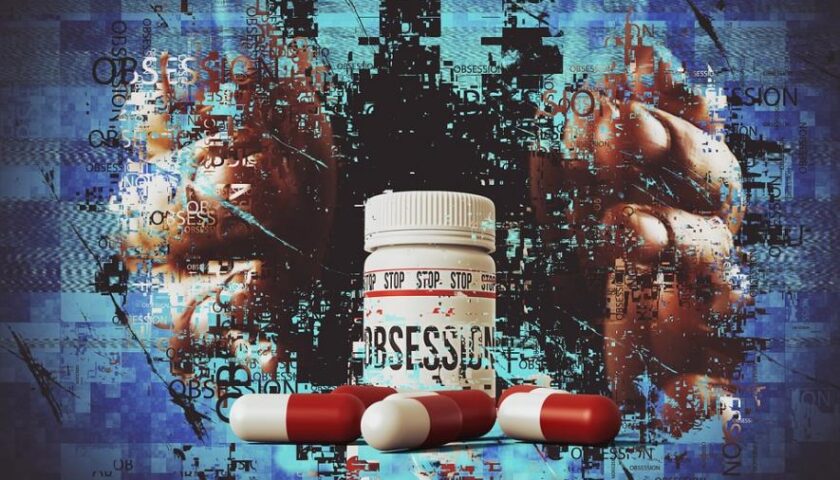The symbols promote a sort of collective sentiment of a distinct history and memory, says political expert
If not fully meeting the agenda of development and progress, the political project of the BJP has seen most of the regional symbols vanishing in the past one year in J&K, which is bereft of any special status now, a political expert has said.
“All the moves made [post August 5] were in line with what the BJP has been claiming that Kashmir needs to be fully integrated. Given the history of these symbols, there is a sense that they promote a sort of collective sentiment of having a distinct history and memory,” said Aijaz Ashraf Wani, a political commentator and Assistant Professor, Department of Political Science, Kashmir University.
The downgrading of Article 370 and removal of 35A were immediately followed by lowering and removal of erstwhile State flag from all the government offices and vehicles.
The police awards titled Sher-e-Kashmir, an epithet used for National Conference (NC) founder Sheikh Muhammad Abdullah, were also dropped. Even the traditional official holiday on the birthday of late Abdullah did not find any mention in the latest official calendar.
No commemoration ceremony
Considered a milestone in the history of Kashmiri Muslims, there was no commemoration ceremony on July 13 to pay tributes to those rebelled against the Dogra regime in 1931.
Urdu, which is no more an official language as per the J&K Reorganisation Act, has taken a backseat in official matters, with departments like water works being named as “Jal Shakti” and most of the Central schemes named after Hindi versions.
In the first, Hindi hoardings could be spotted and even newspaper advertisements saw Hindi script on many occasions, despite the fact there are very few readers in the Kashmir valley unlike the Jammu region.
“These all were seen related to the idea of Kashmiri identity and that in turn was seen as a hurdle in what they say complete integration. It was like renaming roads in the rest of India,” Mr. Wani said.
In a major shift in handling militancy, the security forces disallowed any major funeral of militants, including locals, this year, which otherwise would become a symbol of collective protest.
At least 155 militants were killed in operations after August 5 last year till date. Around 137 were killed this year, official figures suggest.
In the first, over 50 slain militants, including locals, were buried in far off hilly areas of Sonamarg, Baramulla and Handwara “to avoid any mass gathering and funerals in the wake of COVID-19 pandemic”.
“As far as burying militants in far off places is concerned, it was earlier done in case of foreign militants. But now local boys are also buried at far off places. We need to see what happens once COVID-19 pandemic is over,” Mr. Wani said.
With old political symbols removed and new symbols of dealing with an iron hand when it comes to militancy on display, Mr. Wani said, “Sometimes in the process of trying to erase symbols, you may actually end up making people more conscious about them and reinforcing a particular sentiment.”




